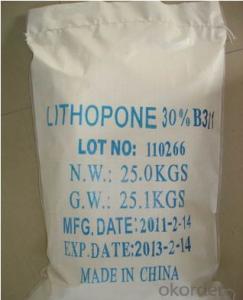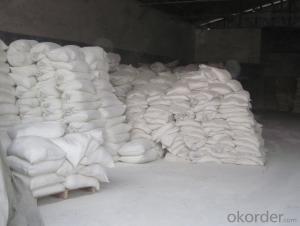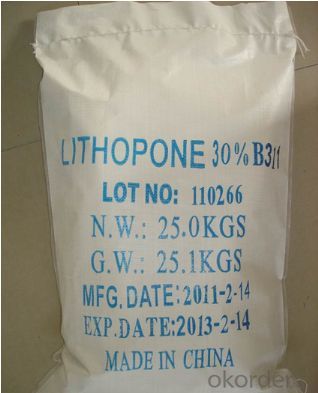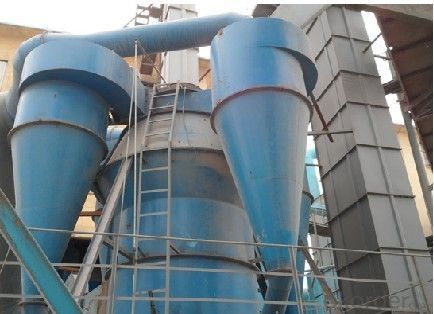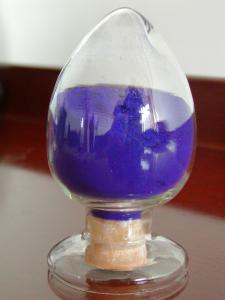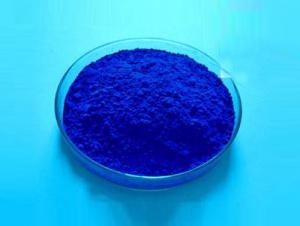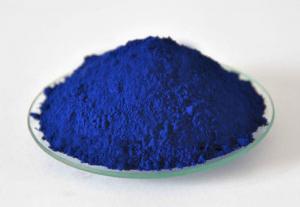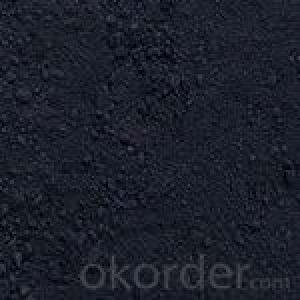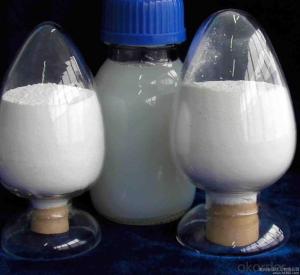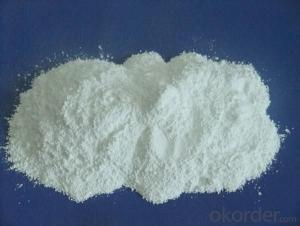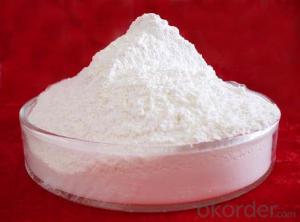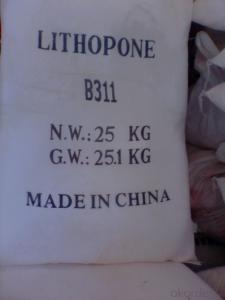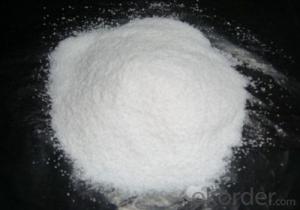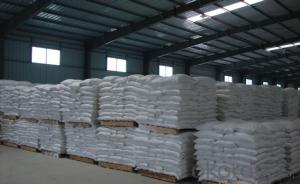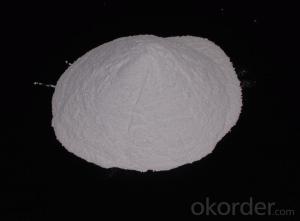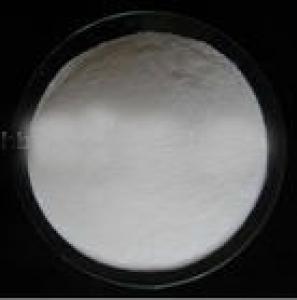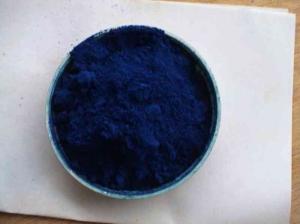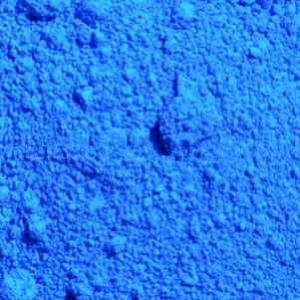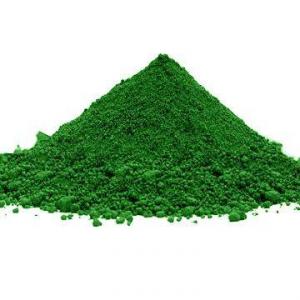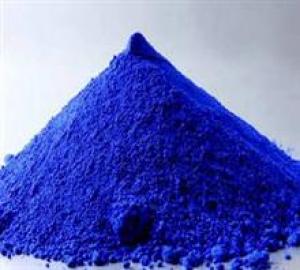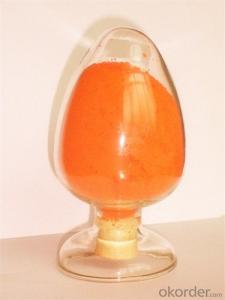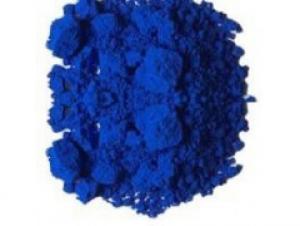Lithopone 28%-30% For Paint &Coating manufacturer direct sell
- Loading Port:
- Tianjin
- Payment Terms:
- TT OR LC
- Min Order Qty:
- 20 m.t.
- Supply Capability:
- 2000 m.t./month
OKorder Service Pledge
OKorder Financial Service
You Might Also Like
Specifications
white powder pigment Lithopone 28%-30% for paint &coating
1 Timely delivery
2 High quality with best price
3 ISO&SGS qualifed
White Powder Pigment Lithopone 28%-30% For Paint &Coating
Characteristics:
High whiteness lithopone is a kind of new-style nontoxic, green, non- pollution lithopone, adopt unique nano technology production, coated by Silicon & Aluminum with characteristic resistance to acid and alkali, higher weathetability, nice optical performance, high whiteness and temperature resistant, strong hiding power and reducing power to prevent from yellow.
White Powder Pigment Lithopone 28%-30% For Paint &Coating
Applications:
Widely used in all paint coating papermaking, printing, ink, medium and low-grade paint coating can be instead of the alternative of titanium dioxide pigment.
White Powder Pigment Lithopone 28%-30% For Paint &Coating
Specification:
Test Project | Standard index value |
Antholeucin & BaSO4 % (m/m) ≥ | 99 |
ZnO% (m/m) ≤ | 0.3 |
105°C Volatile% (m/m) ≤ | 0.3 |
Water soluble % (m/m) ≤ | 0.3 |
Sieve residue (63μm mesh)% (m / m) ≤ | 0.1 |
Color (compare with standard sample) | Excel |
Alkali of the water extract | Neutral |
Oil absorption (g/100g) ≤ | 10 |
Color power consumption (with standard sample)% ≥ | 105 |
Conceal ability (contrast ratio) | Not Lower than 5% standard |
White Powder Pigment Lithopone 28%-30% For Paint &Coating
Notes:
Careful load and unload, be care not pollute or torn the package, avoid rain and insolation during transportation.
White Powder Pigment Lithopone 28%-30% For Paint &Coating
Store:
Store in ventilated and dry places, pile less than 20 tiers, keep away from goods that can effect the quality of the goods, against damp.
White Powder Pigment Lithopone 28%-30% For Paint &Coating
Package:
PP woven bag, paper bag net 25 kg, 500 kg, 1000 kg etc, also can be negotiated with the client.
White Powder Pigment Lithopone 28%-30% For Paint &Coating
packing & shipping terms:
Trade
| MOQ | 1 Ton | |
| Price | ||
| Port | Xingang Port, China | |
| Payment | L/C,T/T | |
| Supply Ability | 4000 Tons/Month | |
| Payment Terms | Sample | 3-5 Working Days |
| Lithopone | Within 15 Working Days | |
| Packaging | 25 or 50kg/woven bag or kraft paper or upon request | |
| Shipping | By Sea,Air | |
White Powder Pigment Lithopone 28%-30% For Paint &Coating
why choose us:
1. We are factory.we can guarantee production
2. High quality product
3. Considerate service
4. Efficient work and best quality
5. Products can be custom-made
6. Professional marketing team
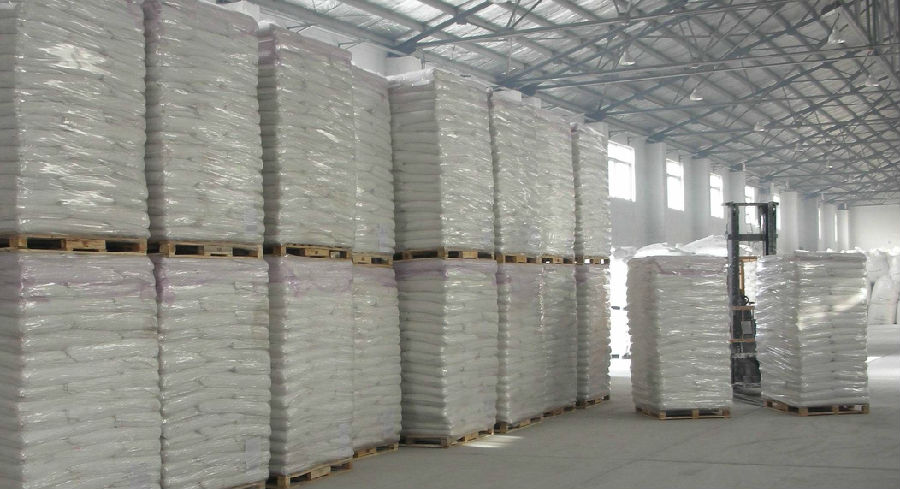
- Q: Is gel food coloring a pigment or a dye?
- Dyes contain pigments, my friend. What is a pigment? They are like little beads. Very very tiny beads of the same color. Then if you spread these out, they give the thing a color. For example, the little green beads in leaves give it a green color. Pigment in our hair gives it a blonde/auburn/brown/black color. What is a dye? A dye is a liquid made up of water and pigments. The pigments are dissolved in water (well not really dissolve just that you cant see the beads) so that it's easier for us to use it. Everything that has a color is made up of pigments. So, gel food coloring is a thicker version of a dye that contains pigments.
- Q: What is the role of pigment in photosynthesis photosynthesis ?
- Photosynthesis can't happen without the pigment chlorophyll (which is green and is why leaves and stuff are green). Chlorophyll is found in chloroplasts, an organelle in plant cells. Chlorophyll harnesses the sunlight's energy in order to split water (into hydrogen pairs and oxygen) so it can be used in the photosynthesis process (ie. in order to make glucose, the food source for plants). Hope this helps! :D
- Q: are photosynthetic pigments separated based on their polarity or based on their molecular structure?Thanks
- Molecular structure... Chlorophylls are greenish pigments which contain a porphyrin ring. This is a stable ring-shaped molecule around which electrons are free to migrate. There are several kinds of chlorophyll, the most important being chlorophyll a. This is the molecule which makes photosynthesis possible, by passing its energized electrons on to molecules which will manufacture sugars. All plants, algae, and cyanobacteria which photosynthesize contain chlorophyll a. A second kind of chlorophyll is chlorophyll b, which occurs only in green algae and in the plants. A third form of chlorophyll which is common is (not surprisingly) called chlorophyll c, and is found only in the photosynthetic members of the Chromista as well as the dinoflagellates. The differences between the chlorophylls of these major groups was one of the first clues that they were not as closely related as previously thought. Carotenoids are usually red, orange, or yellow pigments, and include the familiar compound carotene, which gives carrots their color. These compounds are composed of two small six-carbon rings connected by a chain of carbon atoms. As a result, they do not dissolve in water, and must be attached to membranes within the cell. Carotenoids cannot transfer sunlight energy directly to the photosynthetic pathway, but must pass their absorbed energy to chlorophyll. For this reason, they are called accessory pigments. One very visible accessory pigment is fucoxanthin the brown pigment which colors kelps and other brown algae as well as the diatoms.
- Q: Explain why plants need a variety of pigments to carry out photosynthesis?
- It is particularly obvious in seaweeds. The pigment employed by the plant will vary according to the light available, so that seaweeds in shallow water tend to be green but those from deeper water are brown and then, where light levels are really low, seaweeds are red. In most of these cases photosynthesis is still carried out by chlorophyll but the associated pigments help with the absorption of the available light.
- Q: My wife went to the eye doctor to get new glasses (because she couldn't renew her driver's license with her glasses she had been using), and the doctor said that she wasquot;losing pigment" in both of her eyes. He said not to worry, but he wants her to make an appointment every 6 months, instead of just once a year.What does it (her losing pigment in her eyes) mean? Is it really nothing to worry about?(My wife doesn't seem worried, she hates going to doctor's but she trusts them when she goes to them; she doesn't ask questions-- she feels that if she needed to know something the doctor would tell her.)
- I'm going thru the same thing, I have been to see my eye dr every 6 months to find out about pigment loss and I am losing my pigment at a fast rate 4 times worse than 6 mths ago. they are calling in the specialists about it, so YES worry!!!
- Q: I hear about it cause my Friend is albino and she was born with no pigments in her hair,skin or eyes
- a pigment is a naturally produced substance in humans and nature in general, that reflects light that is perceived by our eyes as colour -a person without pigment would show totally white hair, and pale pink skin and eyes (the pink is from the blood vessels) -we have it to protect us from the sun --> naturally dark or tanned people have lots, rarely get burned or skin cancer; fair-skinned people were designed for the northern areas with less sunlight, burn easily
- Q: What is a pigment and their function in photosynthesis?
- chlorophyl is the pigment i think. it is in the leaves of plants, that is where the photosynthesis takes place.
- Q: what is a pigment? Please describe it, and tell me the uses.?
- Pigments are a natural color in organisms. To understand pigments, you must understand the reflections of light. Pigments allows for organisms to have color, like the blue or brown in the eyes. For example, leaves in plants are color green because their pigments absorb all the colors because of photosynthesis except green and reflects off the color. Their plants are usually not green because they don't need to absorb light as much as the leaves does. Pigments depend on the type of light it absorbs. You are green in a dark room with green light right?
- Q: Does anyone know its chemical formula or constituents ?
- Epona's answer is extremely sturdy. in case you seem up colour institutions you will locate diverse institutions reckoning on who has written them and what structures they're drawing from. yet you'll be able to desire to continually use institutions that make experience to you. case in point - you will in all probability locate that easy blue is the colour linked with peace. yet reckoning on what form of peace you're going for you may go with a diverse colour. possibly purple if that is for peace in the kin or with acquaintances, pink if that is religious in nature, or eco-friendly if that is physique appropriate. The institutions I genuinely tend to circulate with are: pink - lust, action, means, braveness Orange - creativity, braveness, means (extra innovative form than the pink). Yellow - issues bearing on the concepts (like possibly you have have been given a attempt to earnings for) or psychological suggestion. easy eco-friendly - prosperity darkish eco-friendly - therapeutic easy Blue - peace, tranquility darkish Blue - desires, on occasion suggestion pink - issues coping with the religious White - purification and can be a stand in for extremely just about something Black - liberating negativity, banishing purple - love, friendship, kin i do no longer think there is any colour that would desire to be prevented. yet I often use a diverse affiliation than what i've got listed. And my institutions are in user-friendly terms valid for yet somebody else in the event that they make experience to them. i exploit white candles maximum many times as I continually have them handy and that they might continually be spiced up with diverse oils this is something I do very often.
- Q: I am planning on purchasing MAC, but what r the differences... thanks to all...I want to have an idea before I head to the mall.
- Pigments are really loose eye powders. For MAC, it's kind of like 'balls of sparkles' If you want really sparkly eyes, you'd probably want this. Dip your eye makeup brush in water, then in the pigment. I find this to work well, and it really compliments the product. It's best applied over a dark eyeshadow or primer. An eyeshadow is a packed together powder. (As you probably know) MAC eyeshadow comes on bright and radiant. So if you just want a simple look, this product works well. I suggest MAC - PaintPot. It's a creamy eyeshadow that is easy to blend. It's not waterproof, but it's difficult to rub off. It can act as a primer too.
Send your message to us
Lithopone 28%-30% For Paint &Coating manufacturer direct sell
- Loading Port:
- Tianjin
- Payment Terms:
- TT OR LC
- Min Order Qty:
- 20 m.t.
- Supply Capability:
- 2000 m.t./month
OKorder Service Pledge
OKorder Financial Service
Similar products
Hot products
Hot Searches
Related keywords
